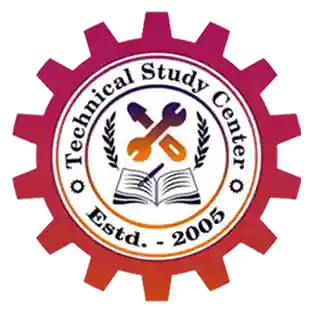Hindustan Aeronautics Limited (HAL) is India’s leading aerospace and defense company. It plays a key role in aircraft manufacturing, maintenance, and research. If you dream of working on fighter jets, helicopters, and advanced defense technology, clearing the HAL recruitment exam is your first step.
At Technical Study Center, we provide structured guidance, expert coaching, and unique learning methods to help you succeed in the exam.
Understanding the HAL Recruitment Exam
HAL conducts exams for technical and non-technical posts. The selection process includes:
- Written Exam – Tests technical knowledge, reasoning, and general awareness.
- Skill/Trade Test – Assesses hands-on expertise.
- Interview – Evaluates problem-solving and technical understanding.
- Medical & Document Verification – Ensures eligibility and fitness for the role.
Since HAL focuses on aerospace engineering, avionics, and mechanical systems, candidates need strong fundamentals in fluid mechanics, propulsion, aerodynamics, and control systems.
Our Unique Study Approach
Many students rely only on textbooks, but success in the HAL exam requires logical thinking and real-world applications. At Technical Study Center, we use proven strategies to sharpen your knowledge and problem-solving skills.
1. Learn by Design – Reverse Engineering Concepts
Instead of just memorizing theory, we encourage students to analyze real aircraft designs and their working principles.
Example:
For aerodynamics, students study how fighter jets reduce air resistance to fly faster. This helps in understanding Bernoulli’s principle, drag, and lift in a practical way.
2. Practical Problem-Solving – Why Does It Fail?
We teach students to approach technical questions by analyzing failures first.
Example:
Instead of just learning thermodynamics, we discuss why aircraft engines overheat and what cooling techniques are used. This makes learning engaging and memorable.
3. Two-Minute Explanation for Interviews
HAL interviews test quick thinking and clarity. We use the Two-Minute Rule:
- Explain a concept simply without jargon.
- Use real-world examples instead of textbook definitions.
- Keep it structured – What, Why, How.
Example:
For fly-by-wire systems, a student should explain:
- What it is – A computerized flight control system.
- Why it is used – Improves stability and efficiency.
- How it works – Sensors send signals to adjust aircraft controls.
This method builds confidence and clarity in interviews.
4. Smart Revision – The One-Page Rule
Instead of long notes, we teach students to create one-page concept sheets with:
- Key formulas and diagrams.
- Short explanations in simple words.
- Common mistakes and quick fixes.
Example:
For propulsion systems, a single chart covering types of jet engines, thrust equations, and key differences makes revision faster and more effective.
5. Time-Saving Strategy – The 50:30:20 Rule
HAL exams require fast decision-making. We train students with:
- 50% time on easy/moderate questions.
- 30% time on difficult questions.
- 20% time for revision and checking.
Example:
If a fluid mechanics question takes too long, students learn to skip and return later, avoiding time wastage.
